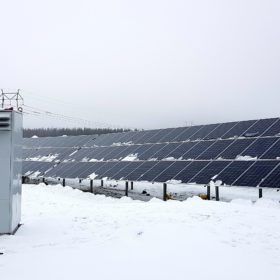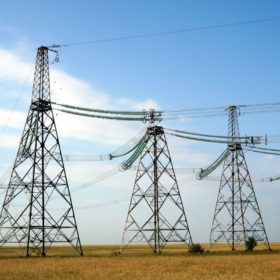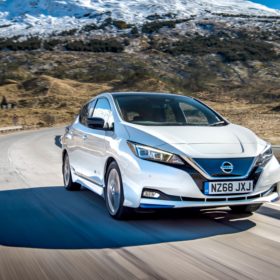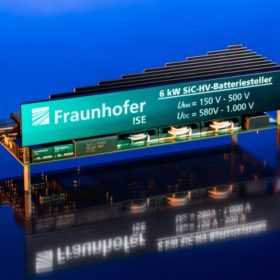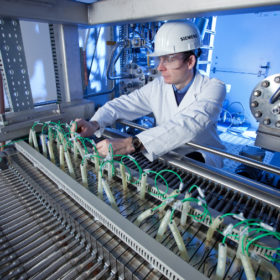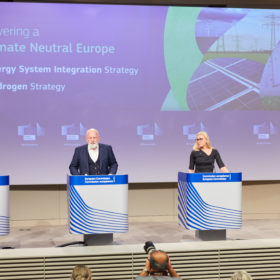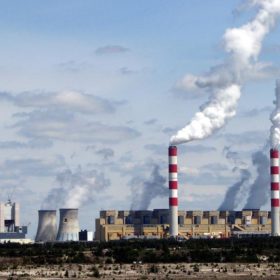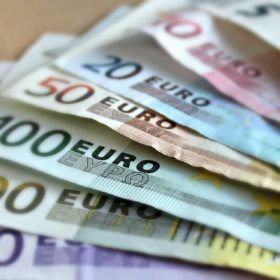Finnish industrial park gets 12 MW smart grid with central inverters
Inverter manufacturer Fimer provided its PVS980-58 central inverter solution for the project, which will derive 35% of its energy from solar PV.
Northvolt secures $1.6bn backing for twin battery gigafactories
In a little over ten years, Northvolt aims to pour 150 GWh of batteries onto the European market, annually. The company is also working to source end-of-life batteries for half its raw materials.
New solar+storage converter for greater grid stability
Scientists from the Institute of Electrical and Electronics Engineers have presented research suggesting a new topology for residential solar+storage inverters.
Vehicle-to-grid business model would make Canadian EVs cheaper than conventional rivals
Canadian non-profit Plug’n Drive has looked at Ontario’s time-of-use electricity rates and found electric vehicle owners could generate substantial income by charging at night and selling to businesses during the daytime. Doing so could mean EVs have a lower net cost than conventional vehicles.
Kaco, Fraunhofer ISE develop silicon-carbide gallium nitride transistor hybrid inverter
Kaco New Energy, STS Transformatoren Stockach, and Fraunhofer ISE have developed a new topology, management software, and transistors for hybrid inverters. Existing devices often suffer efficiency losses when power demand is low, as circuits and transistors are made to operate close to design specifications. The researchers claim their new tech could enable more battery use, based on simulation results.
Multilateral lenders finance Armenia’s biggest PV plant
It has been two years since Fotowatio Renewable Ventures won the bid to develop the 55 MW site and with finance finally secured, the build can go ahead.
Green hydrogen to reach price parity with grey hydrogen in 2030
IHS Markit’s latest report looks at a wave of new investments in large-scale projects. Economies of scale and technological improvements, as well as renewables deployment, could make green hydrogen price-competitive with grey and blue hydrogen.
EU hydrogen strategy could drive 120 GW of renewables capacity
The European Commission has outlined a long-anticipated plan it says could unlock up to €340 billion for new solar and wind projects over the next decade. The 30-year strategy envisages up to €470 billion being spent on electrolyzer capacity.
Eastern Europe coal exit offers a €50bn clean power opportunity
With Bulgaria, Poland, Romania and Czechia having dragged their heels over climate legislation for years, BloombergNEF has estimated the most economic route out of the coal habit. It is a path which could see 40% less carbon emissions in 2030 than were recorded last year, with a 47% clean energy power mix.
EU opens applications for €10bn, ten-year clean tech innovation fund
Funded by the bloc’s Emissions Trading System, the warchest will look to spend more than €10 billion on bringing clean energy innovations to market over the next decade. The scheme will work with other green recovery programs to secure jobs and lay a foundation on which to restart the European economy.

